Don't wanna be here? Send us removal request.
Text
Multiverse Memetics

"Everything Everywhere All at Once" delves into the connection between memetics and Roland Barthes's theory of 'Death of the Author.' The film incorporates memes to explore the changing nature of meaning. It challenges established interpretations and encourages us viewers to embrace a more fluid understanding of art.
Memetics, similar to the transmission of genes in biological evolution, explores the spread of cultural ideas and symbols through imitation and replication. In the film, memetics takes center stage as it harnesses the communicative and connective power of memes. The incorporation of memes and symbols into the film's storytelling allows it to tap into the collective consciousness of contemporary culture, recognizing the huge role memes play in shaping our communication and shared experiences.
The integration of memetics highlights the film's resonance with a broader audience, breaking down traditional boundaries and inviting active participation in the creation and interpretation of meaning. By bridging the gap between the film and its audience, they utilized memetics as a dynamic tool, in order to create shared understanding and cultural interconnectedness.
Moreover, the film's marketing strategy draws inspiration from Emily Chen's article 'Doge Is An Actually Good Internet Meme. Wow.' and David Sax's exploration of 'The Growing Power of the Meme.' By tapping into the viral potential of memes and symbols, the film's team effectively creates excitement and engages a wider online audience. This integration of memetics and modern marketing techniques demonstrates how art and commerce can intersect.
2 notes
·
View notes
Text
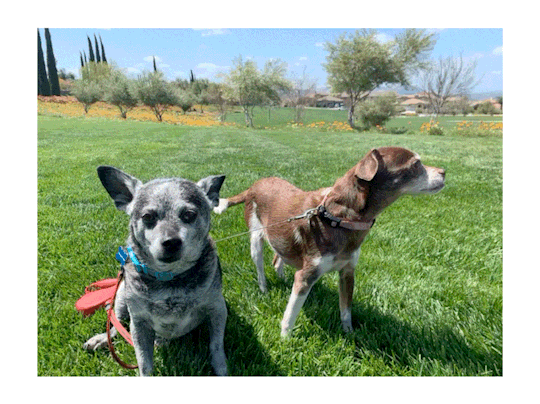
Bear (2007-2023) & Honey (2010-2023)
"Memories of Things Unseen" by Teju Cole and "How to Stay Afloat in your Infinite Stream of Photos" - with Kainaz Amaria, made me think a lot about my own relationship with photography, especially after losing my two dogs this past week, Bear and Honey. Teju Cole's piece talks about how a photograph can turn into a memorial, a reminder of what's lost but also what was there. After reading this, I look at the pictures of Bear and Honey differently. They aren't just cute snapshots of my pets anymore; they're the memories that I have left of them, my personal memorials.
Kainaz Amaria's interview made me realize that I’m constantly taking pictures and storing them away, creating an almost endless stream of photos. But the purpose of a photo isn't to just take it and forget it; it's to remember and cherish a moment. And looking at the photos of Bear and Honey, I do exactly that. Every picture brings back a memory, a story, a feeling.
Every time I look at this GIF, I'm transported back to that time. And even though it hurts knowing they aren't here anymore, I find comfort in the fact that I can keep them alive in my memory, just like Teju Cole mentioned in his piece. After reading these pieces, I'm reminded of why I take photos. It's not just to capture a moment, but to remember it, to be able to relive it whenever we want. And in a way, it's a beautiful thing because through these photos, I can remember Bear and Honey exactly as they were, and keep a part of them with me forever.
0 notes
Text
Rituals in Motion
James Wright
A family gathering brought me to a beach house along the Long Island Sound, a place we booked two years in advance to celebrate my older brother's graduation from Yale. This unfamiliar setting soon became my temporary home, a backdrop to my daily rituals that helped me ground and connect to the new surroundings.
Making my bed, bracing myself for a cold shower, seeking out a serene corner for work and coffee - these seemingly simple routines emerged as vital constants. They're the components of my unique code, integral functions for the 'Digital James'.
Over time, these familiar rituals acted as an anchor, reinforcing that my identity isn't tied to a place. Each ritual, each instinctive action was a reaffirmation of self. As the initial unfamiliarity of the beach house faded, I understood that my sense of belonging wasn't about the place but about the rhythms of my rituals, carried with me wherever I go. My identity resides in these rituals, creating a sense of home regardless of location.
The Art of Bed-Making
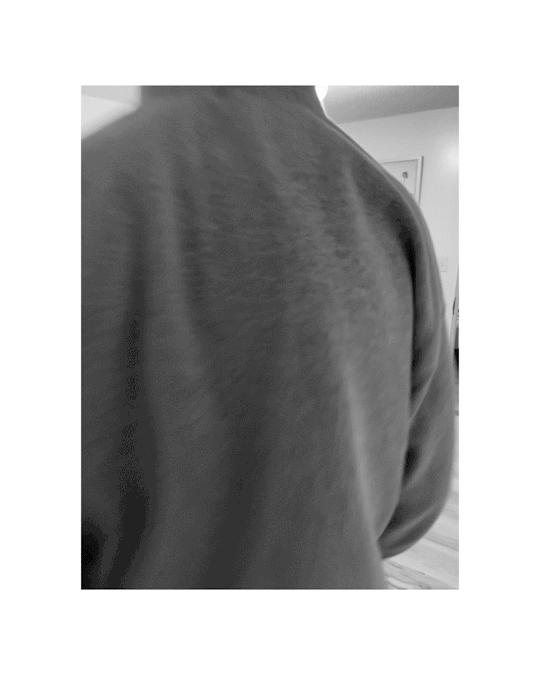
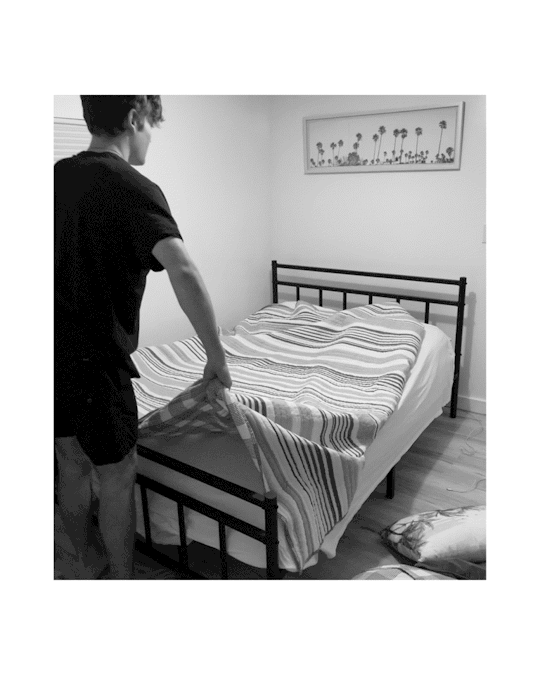
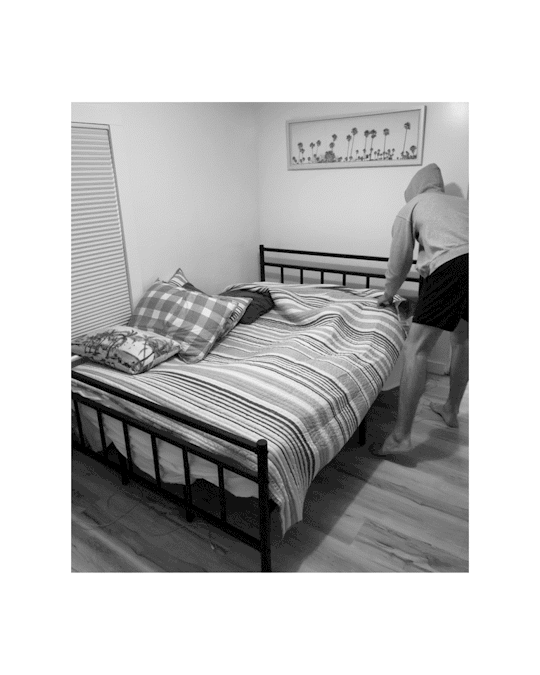


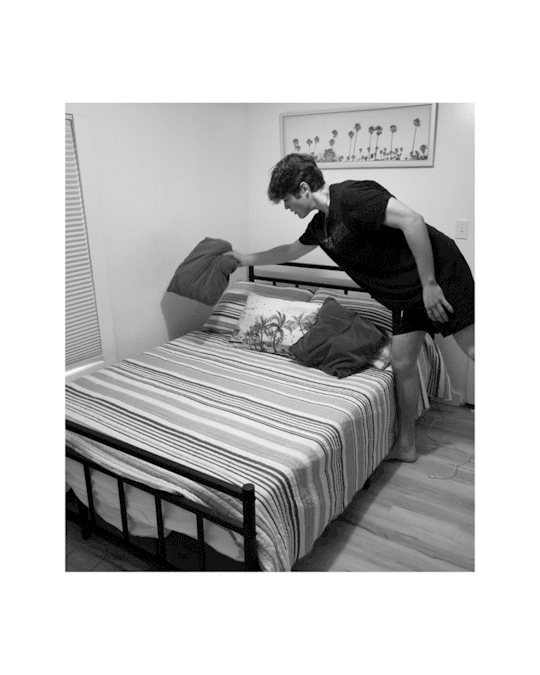
The Cold Shower Chronicle
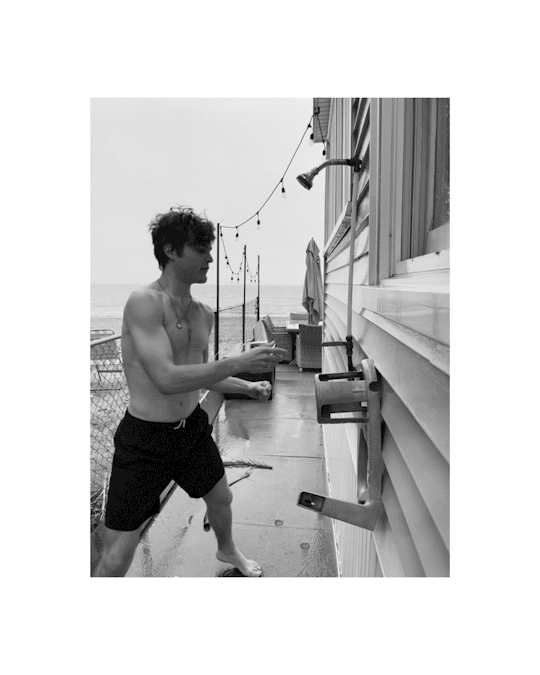
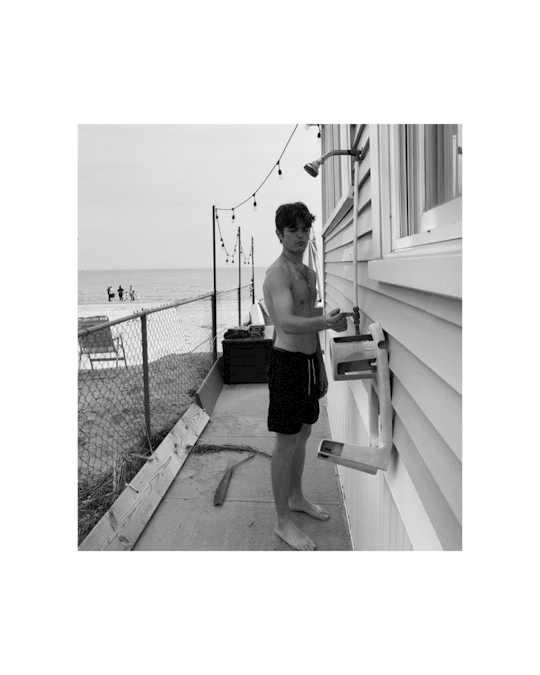
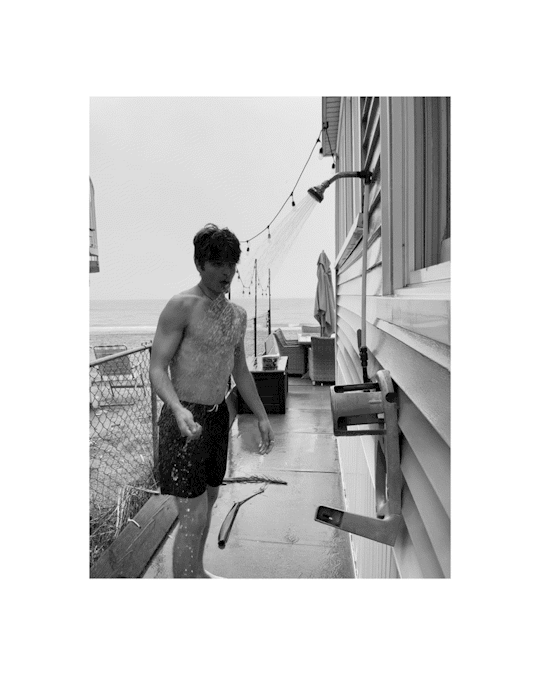
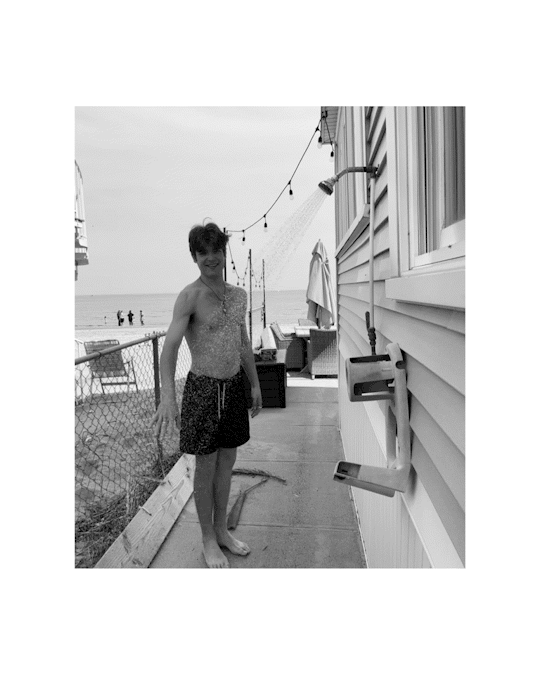
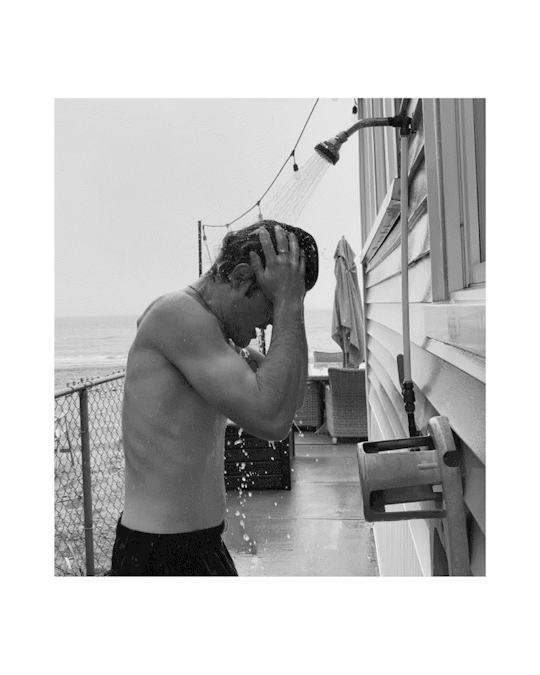
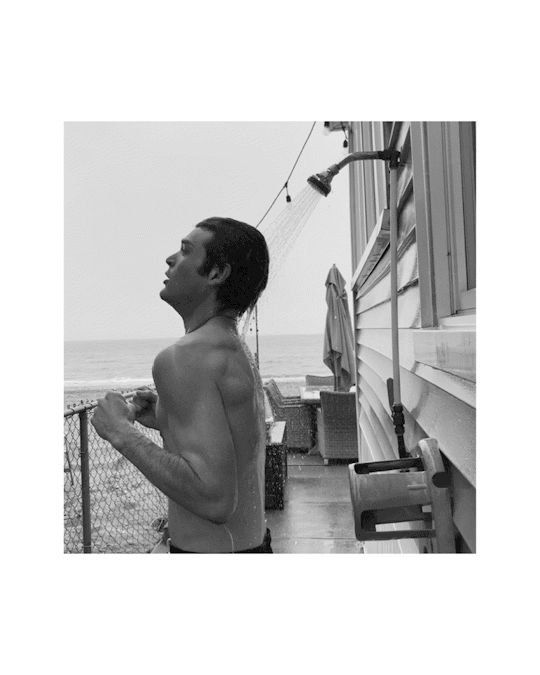
The Pursuit of a Quiet Refuge
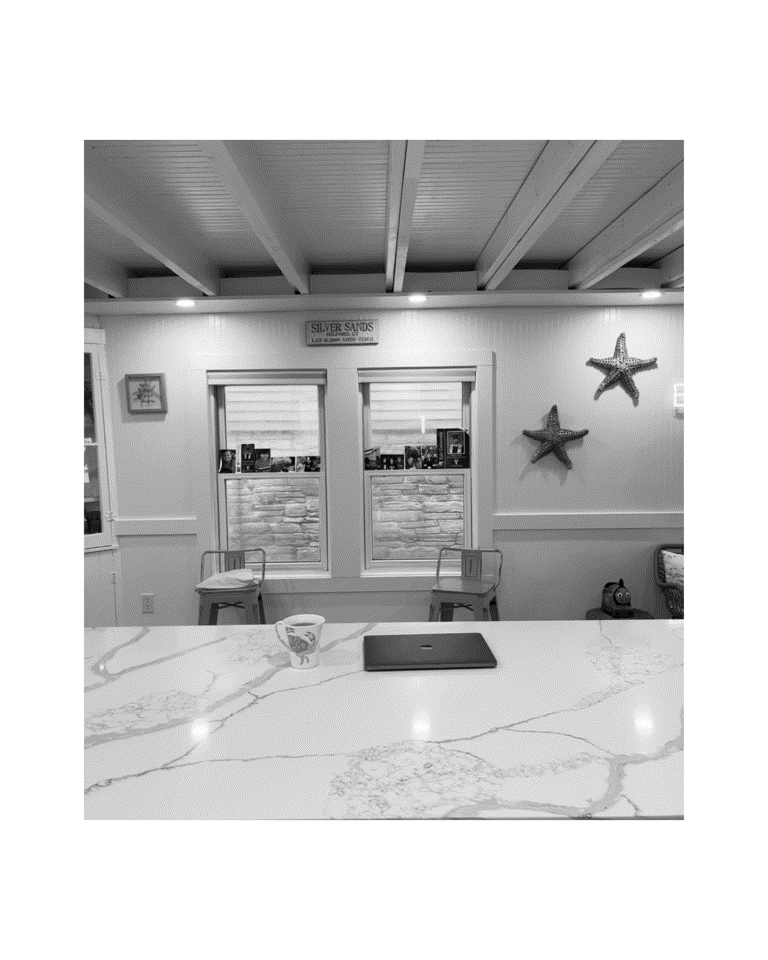
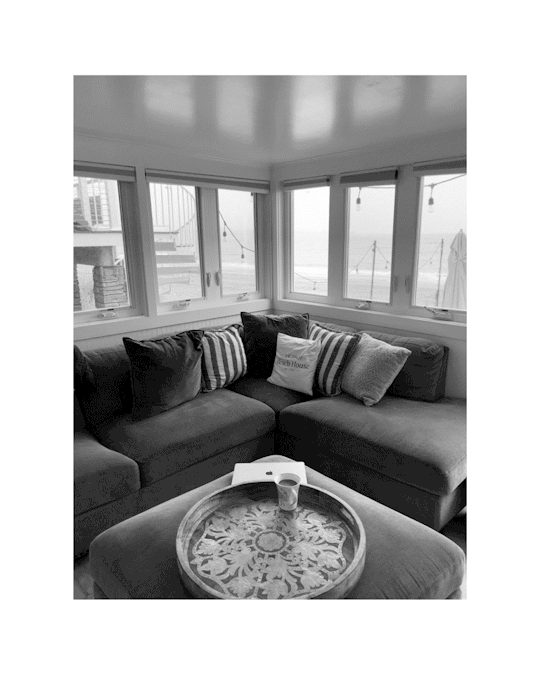
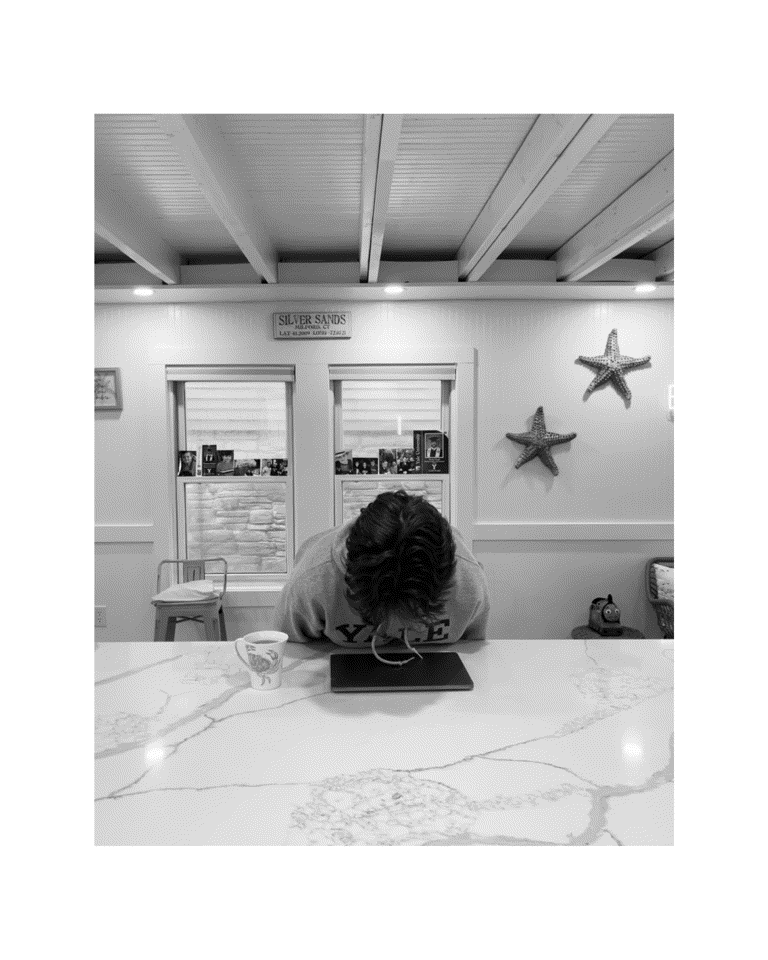
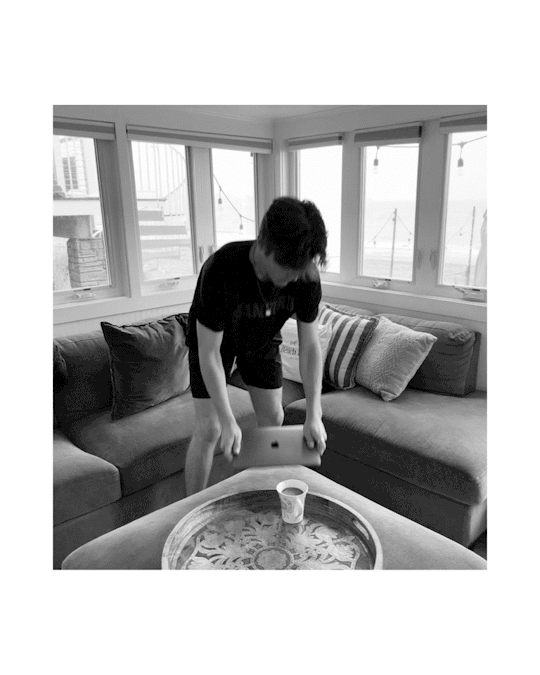
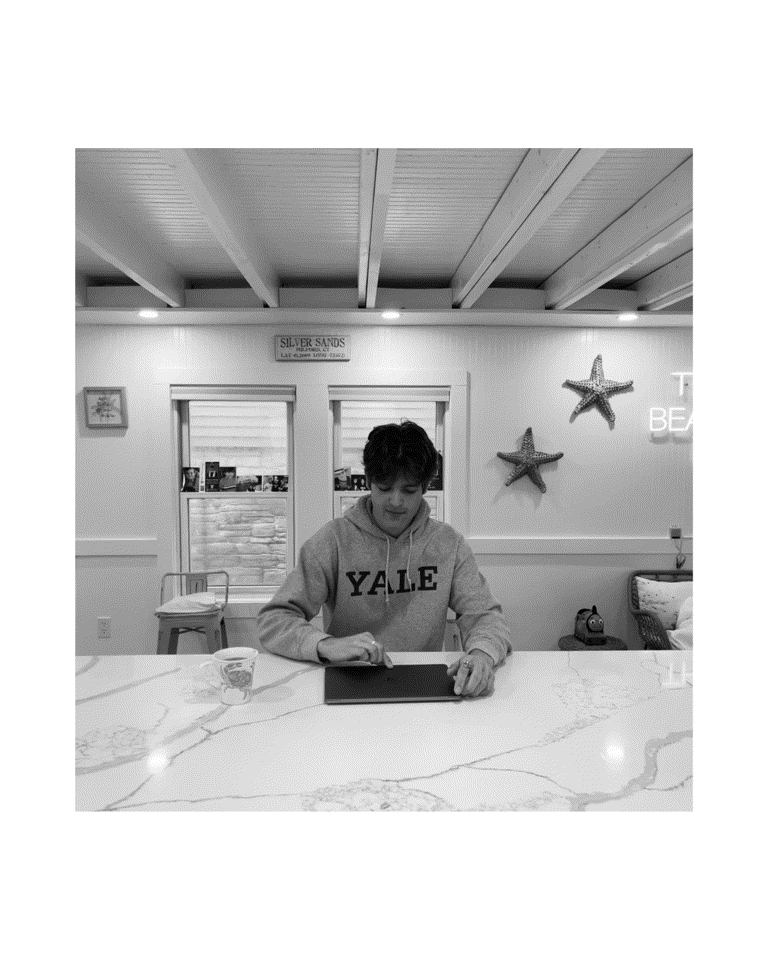
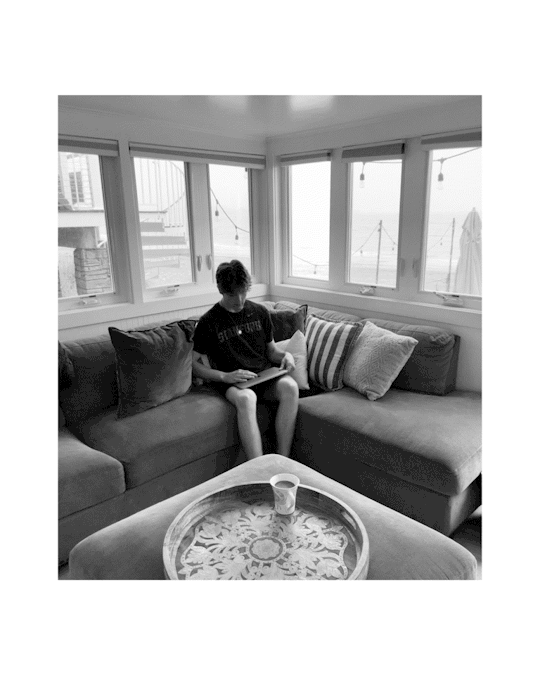
0 notes
Text
21st Century Complexities

Jessica Svendson
(Updated Interpretation): In Jessica's work, this photo creates a sense of being inside a monolith, gazing up to a non-existent point. Each side of the monolith is held together visually by complex ideas and topics that have become mainstream. The artist's choice to make the image look and feel realistic as if it were in space and time sheds light on how much these complexities are served to us as if they were "reality". However, this is not to say that these topics are not real and important; in fact, they are the most important ideas. But these pieces of reality are only glimpses of the whole story, which get all the attention because of how much emotional weight they hold. The clear gaps and blurs between the words are deliberate, representing distinct ideas that don't tell the full story, yet are held up on a pedestal because they grab our attention without us even being conscious of it. Overall, the image is a powerful representation of how complex ideas are packaged and presented to us, and how we can become more aware of the gaps and blurred lines between them.
Bill Gates explained it precisely in his analysis of Harari’s work, is to not stop worrying, but instead, to focus on what things and exactly how much to worry about it. From terrorism to privacy encroachments, it seems that our reliance on these devices is at the root of many of the challenges we face. But what concerns me most is the effect that smartphones have on our mental health and well-being. We're bombarded with notifications and alerts, keeping us in a state of constant distraction and preventing us from truly being present in our own lives. I feel like the addiction to our phones not only affects us individually, but also has broader societal implications. From the erosion of empathy to the perpetuation of political polarization, this is a difficult cycle to break, and one that will require not only individual action, but also systemic change.
The beginning of Yuval Harari and Tristan Harris's discussion on WIRED only deepened my concerns. Harris's insight into how technology is designed to capture our attention and manipulate our behavior is alarming. Harari's warnings about the potential for AI to be used as a tool of control only add to my worries. But it's not just about the bigger issues. It's also about the personal impact that our cellphones have on our lives. I find myself constantly checking my phone, even when I don't need to. It's become a reflex, an addiction almost. And I'm not alone. I see people around me, heads down, eyes glued to their screens. We've become disconnected from each other and the world around us.
Yet, even knowing this, I can't imagine life without my phone. It's my connection to the world, to my loved ones, and to my work. And therein, I feel, lies the paradox. Our phones have become a necessity, but they also pose a threat to our well-being and our society as a whole. After seeing Harari's message about the importance of truth and resilience later on in the video, I had realized that the solution lies in finding a balance. I need to be more mindful about my use of technology, and to be aware of the ways in which it affects me. I also need to be more resilient in the face of the challenges that technology presents, in order to find ways to use it for good while avoiding its pitfalls.
6 notes
·
View notes
Text
“reveal, conceal”

-the oscar meyer weinermobile®
0 notes
Text
The Kardashians and the Power of Social Media: A Self-Ironic Take

This is a photo of my twin brother posing for a selfie with Khloe Kardashian during a lunch with Kim Kardashian and our good friends, the D'Amelio family. They were all there, filming for their reality show, while discussing their recent collaborative campaign to use their massive platforms to shed light on the issue of prison reform. It's ironic to see the Kardashians, who are known for perpetuating the harmful "Instagram Face" stereotype, at a lunch discussing prison reform and using their massive platform for good. Nevertheless, this photo represents a shift toward using our online presence to create real change for a more thoughtful and engaged digital landscape.
After reading "Pixel Perfect" by Lauren Collins and "The Age of Instagram Face" by Jia Tolentino, I've been giving a lot of thought to how digital image editing has evolved and the impact it's had on the way we view beauty and self-worth. It's pretty wild to think about how someone like Pascal Dangin can completely transform a photo with his skills. What's really concerning is this idea of the "Instagram Face" – as if there's just one ideal version of beauty that we're all supposed to strive for, erasing our unique qualities in the process. It's kind of scary to see how platforms like Instagram fuel this by providing a constant stream of likes and comments that validate these unrealistic standards.
I need to have more open, heart-to-heart talks with the people in my life about the impact of image manipulation and the pressure I feel to fit into society's beauty standards. I need to celebrate my quirks, my uniqueness, my true self, and push back against the harmful norms in this digital age. I also need to use photography and social media in ways that showcase my real experiences and the many layers of my life.
4 notes
·
View notes
Text
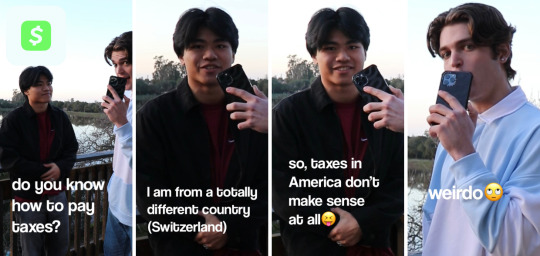
As a Stanford student, I've been diving into all sorts of fascinating concepts and ideas, but recently, semiotics has completely blown my mind. I guess I never realized that our entire "reality" is based on signs and symbols. Everything we see, hear, and interpret is just a series of signs that our brains make sense of through specific systems of representation and thinking.
The screenshots above are from a social media campaign I created with CashApp where I interviewed some of my fellow classmates to confront financial illiteracy in a humorous and witty way. I feel that it perfectly encapsulates semiotics in action. The post used symbols and language that resonated with younger people to communicate a message that was easily relatable and understood. Plus, it shows how the meaning of signs and symbols can be influenced by the context and cultural background of the viewer. I mean, taxes are a symbol of financial responsibility, but they also make no sense to someone who's not from the US.
Through this campaign, I was able to use semiotics to bring attention to a critical issue while simultaneously engaging with a younger audience. It just goes to show that semiotics doesn't just apply to photography, but to social media and advertising too. As Salkeld explains, it's not just about recognizing signs and symbols, but about understanding the meaning behind them. And I think this campaign definitely accomplished that.
5 notes
·
View notes
